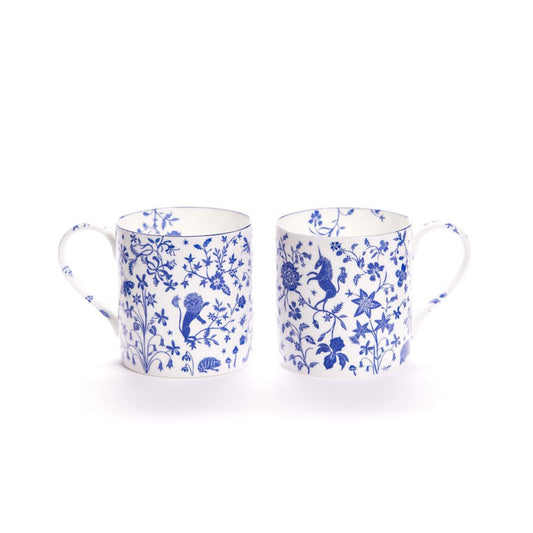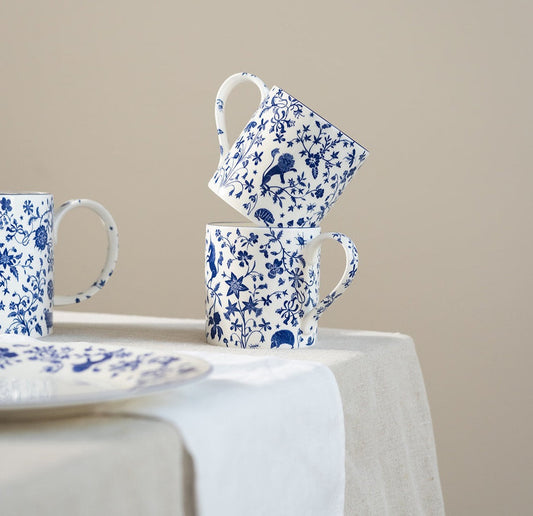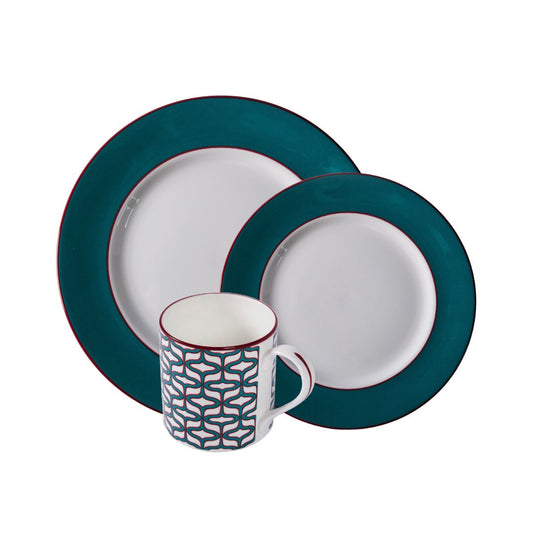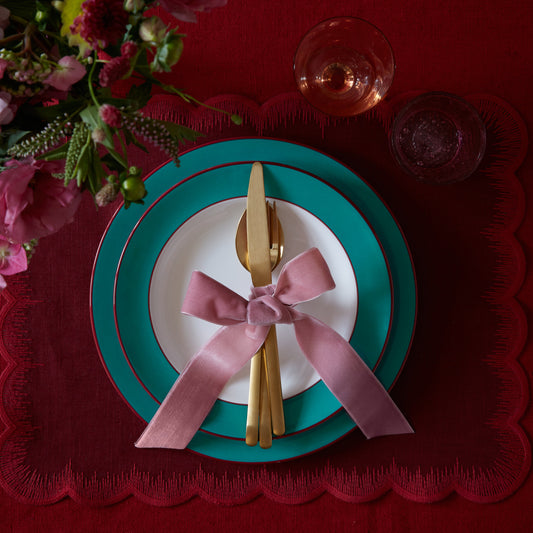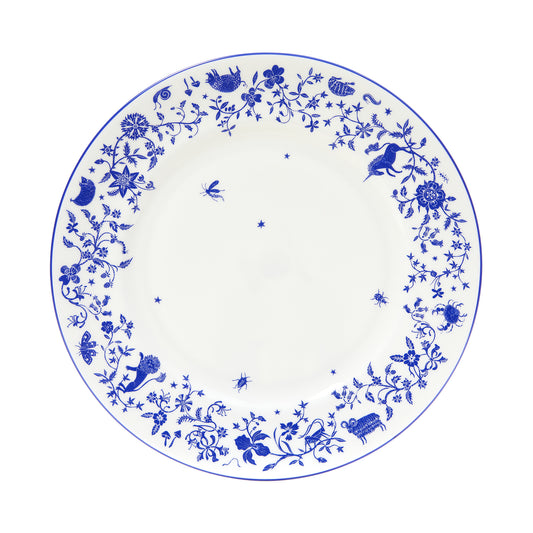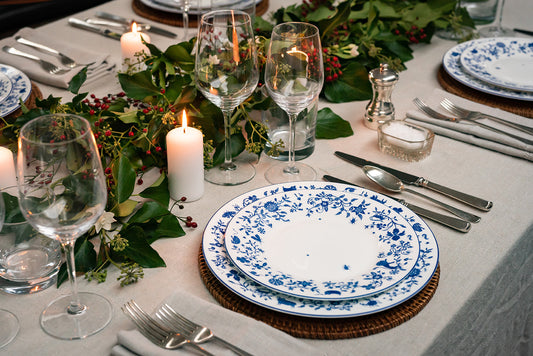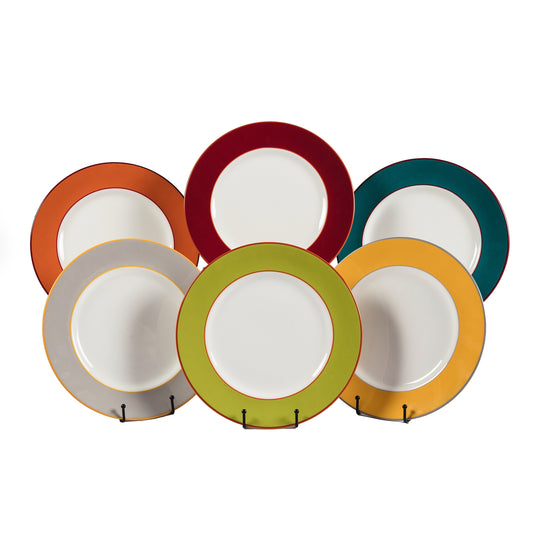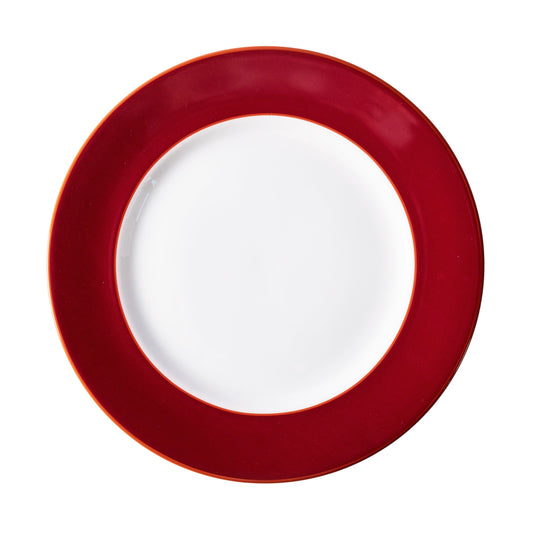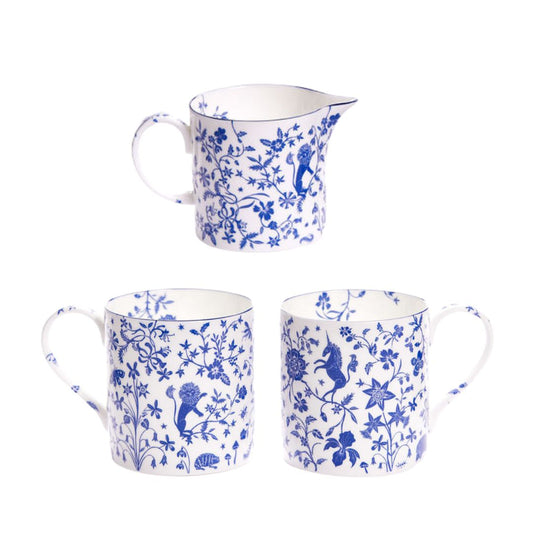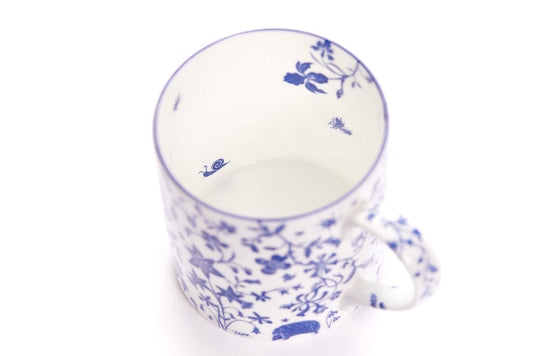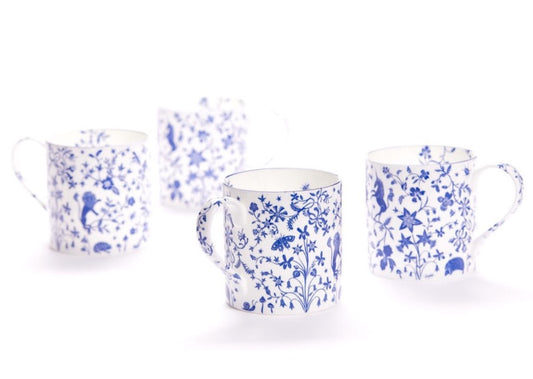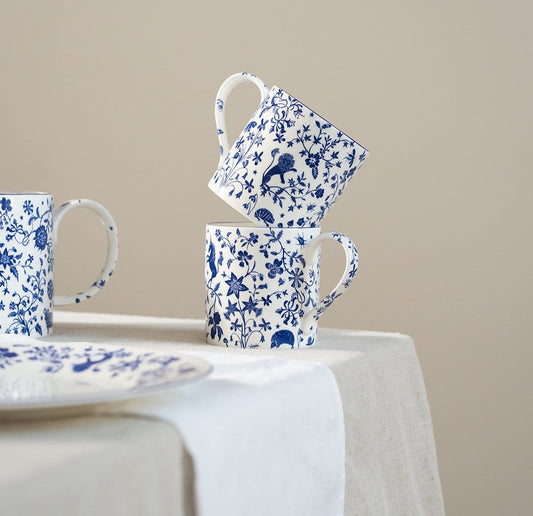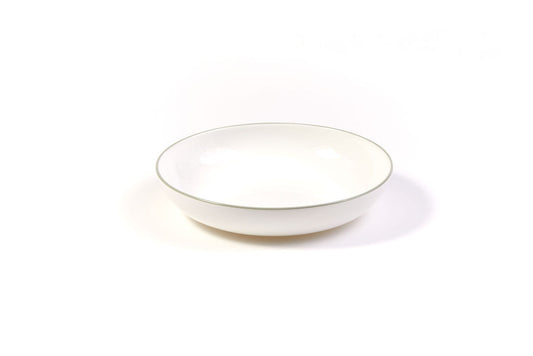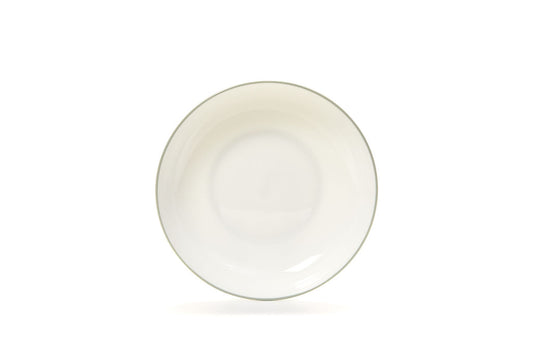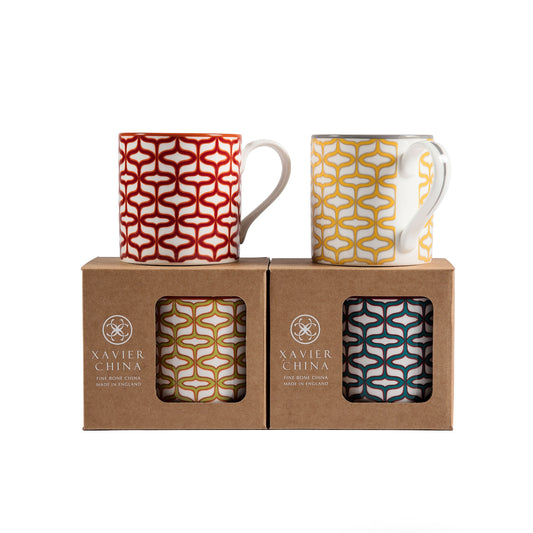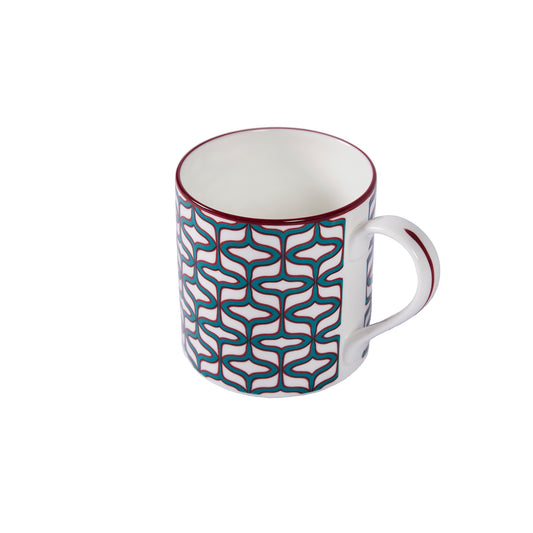The two biggest figures in English pottery happen to have the same, relatively unusual name. Josiah Spode (1733-1797) and Josiah Wedgwood (1730 -1795) were almost exact contemporaries, and they both had a profound impact on the development English pottery in Staffordshire.
The situation becomes even more confusing when they too call their sons Josiah, and these sons took on the businesses their fathers started. Loyal by name, loyal by nature.
In this article we explore the Spode family, who perfected two very important products in the development of English ceramics: underglaze printing on earthenware; and fine bone china - a very practical and beautiful porcelain.
Josiah Spode I was born in 1733 to poor parents near Stoke on Trent. After his father died when he was just six, young Josiah went out to work almost immediately in the local business: pottery. Following ten years of hard labour, he was taken on as an apprentice with a leading manufacturer, giving him the opportunity to spend five years perfecting the principles of pottery.
In 1761 Spode, now aged 28, rented his own potworks having married a local haberdasher and celebrating the birth of their first son - Josiah, of course. And by 1776 he made sufficient progress to purchase his own site and started producing his own, very popular chinaware.
Meanwhile, young Josiah Spode II was busy growing up in happier circumstances than his father, and in 1778 when he was 23 years old, he took off for London to open a showroom and sell his father's wares to the fashionable elite. The young Josiah quickly learnt to gauge the desires of the public, pick up the latest fashions and relay them back to his father in Staffordshire.

In the mid to late 18th century, the craze for chinoiserie hit its peak. By the 1780s, the wealthy were moving towards Georgian and neo-classical designs, but the less well-off in society still wanted what the upper class once had. In 1784 Spode the Elder perfected a new technique that allowed him to print these dense Chinese patterns on to unglazed, biscuit earthenware. Spode's printed copies of Chinese patterns gave him an advantage over his competitors who were still relying on the painting skill of their decorators. Indeed, his greatest rival, Josiah Wedgwood, had promised his 'blue painters' that he would not adopt Spode's new method of transfer printing in blue while he was alive, which gave Spode the upper hand for at least another half century.
And as if this breakthrough weren't enough, by 1797 Spode had completed more pioneering work to perfect the formula for what we now know as 'bone china'. As the firing temperature for bone china is lower than for 'true' Chinese porcelain, the range of colour available for firing is much larger and Spode had again expanded his horizons exponentially. His big step forward was in using mainly china clay (kaolin) (25%) and Cornish stone (25%) with an approximately equal weight of calcined ox bone (50%) - and very little else. The stone is a feldspathic flux that acts as a bond for the other materials.
The key characteristics of bone china are:
- strength;
- whiteness;
- translucence; and
- resonance.
After the pioneering Spode I died in 1797, his son Josiah Spode II marketed his father's new invention very successfully across high society. He produced many rich and decorative designs, which looked magnificent illuminated by candlelight on the tables of glittering dining rooms across England.
In 1818 as the Royal Pavilion at Brighton neared completion, Spode II was commissioned to created several special items that can be seen at Buckingham Palace to this day.

Josiah Spode II (1755-1827), marketing genius and son of the founder.
While Spode is best known for table services but he also made a huge range of more ornamental objects like vases, scent bottles, incense burners, lamps, candlesticks, bowls and disk accessories. However, the Spode factory made very few objects that were purely ornamental without any practical function, always remembering their impecunious beginnings.
It is agreed that Spode was the leading manufacturer of porcelain throughout Europe during the first few decades of the 19th century. The combination of Josiah I's inventions and his son's marketing prowess proved to be unbeatable, and many homes still treasure their creations today.

